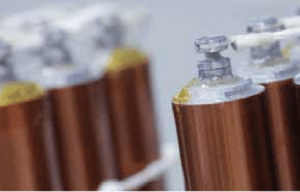Latest News
[Via Satellite 12-24-13] Saft achieved a milestone when Inmarsat’s Inmarsat 5 F1 satellite became the 100th satellite to use the company’s Li-ion battery technology. Launched onboard a Proton M rocket in Baikonour, Kazakhstan on Dec. 8, 2013, the takeoff also marks the 75th GEO satellite in orbit using Saft batteries.
Saft began supplying Li-ion batteries little more than a decade ago, in 2002. To date, Saft customers have launched Li-ion batteries valued at more than $164 million into space. The company has put more than 9,000 battery cells into orbit and logged 275 million hours, or 31,000 years, without failure or deviation. Its Li-ion technology is able to last for up to 18 years of orbit in most cases. Most of the company’s batteries in orbit power GEO commercial or military telecommunication satellites, with the oldest, W3A manufactured by EADS AST, launched in 2004.
For these 100 launches, Saft provided long-life, high energy batteries, comprised of VES 140, VES 180, VL 48E and MPS cells, for the satellites. Saft’s Li-ion battery packs supply a voltage range of 4V to 100V with a capacity from 5.8 to 52 Ah at the cell level and up to 625 Ah at battery level. The Li-ion battery system is lightweight, which reduces the overall mass of the satellite.
Get the latest Via Satellite news!
Subscribe Now